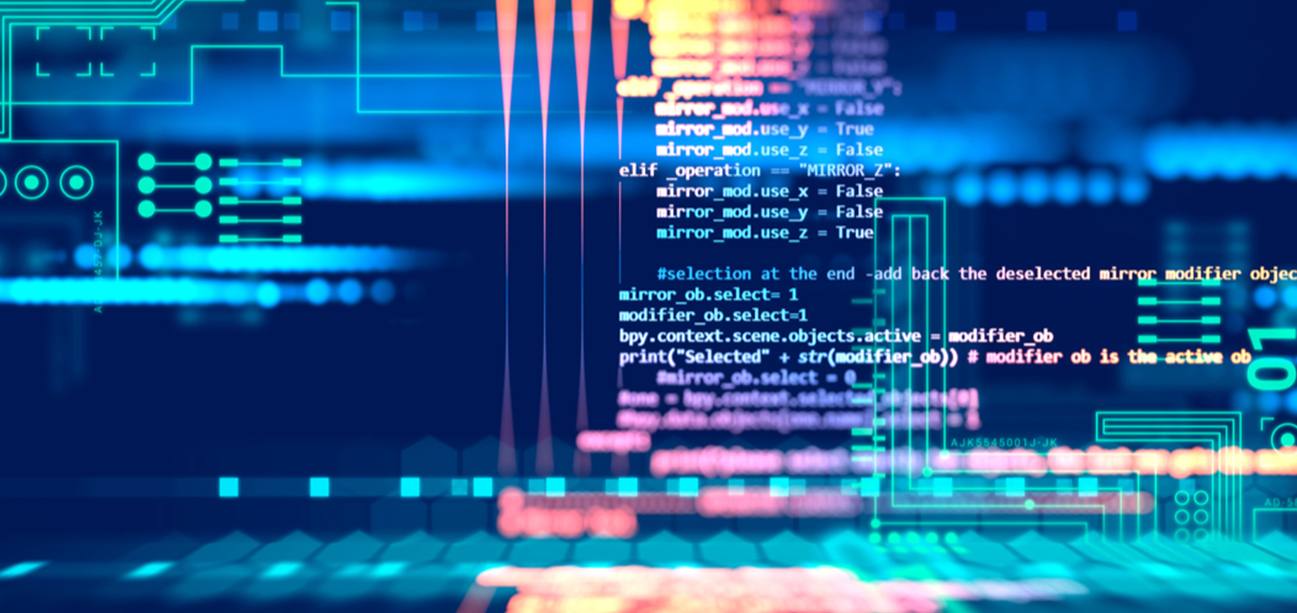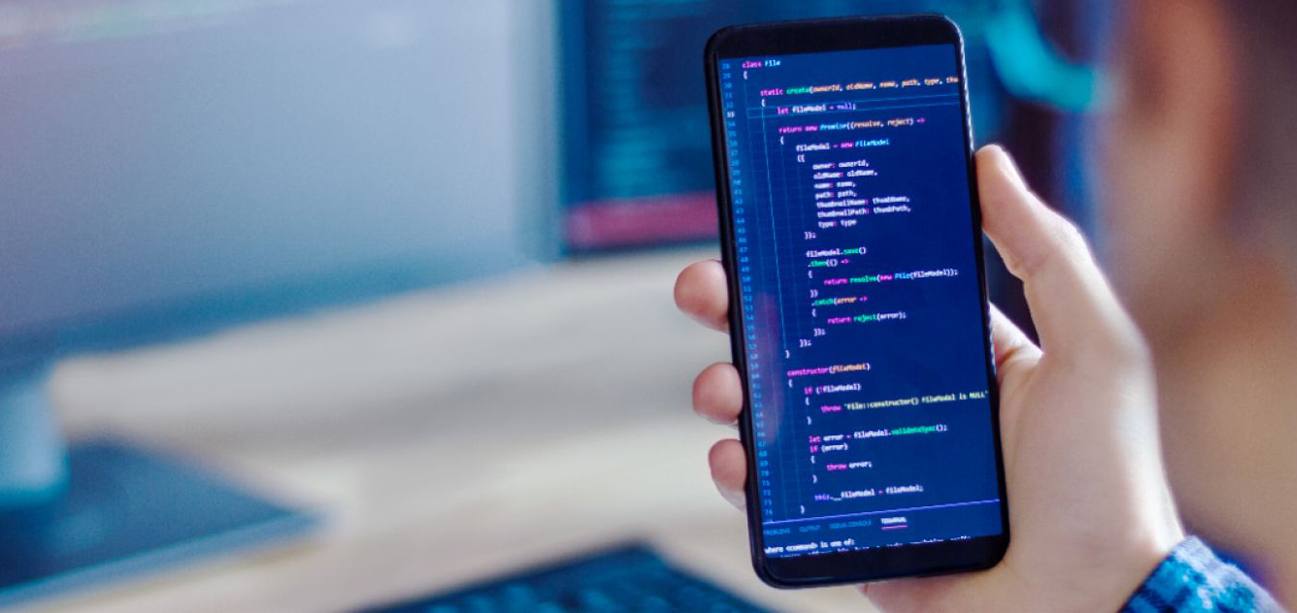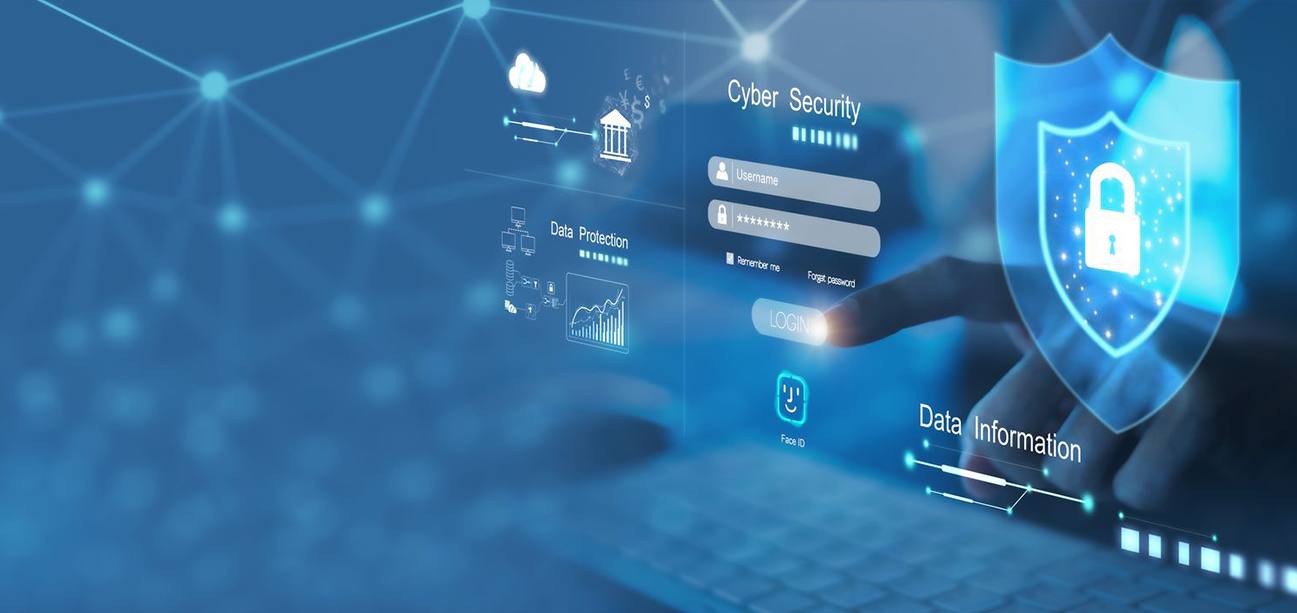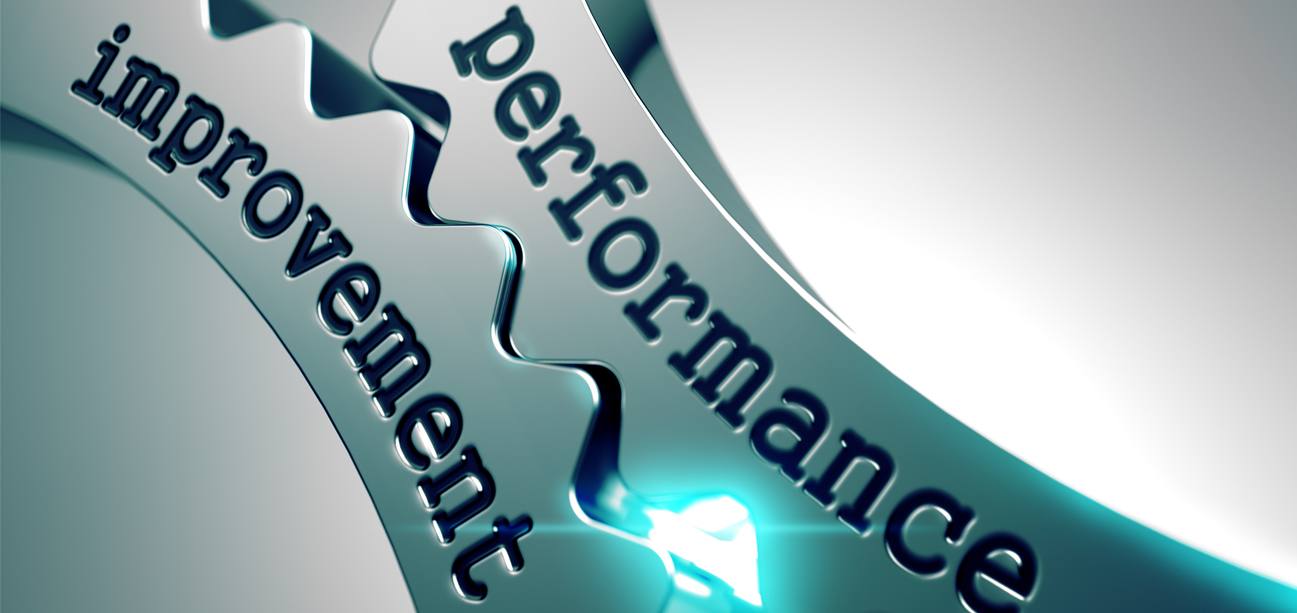
A Small Overview Of Object Recognition
Object Recognition is an advanced computer technology that enables AI to detect and recognize objects in images and videos. It is a crucial output of deep learning and machine learning algorithm.
Consider this example: suppose you are watching a movie and can identify objects and people. You can do that because of the object recognition software installed within the device. Object recognition enables you to locate and highlight things in the frame easily. The built-in algorithm labels those objects and provides a robust solution of APIs for specific tagging, categorization, and more.
Convenience Of Object Recognition
Custom Object Detection
The visual can be detected and determined through this detection, giving more personalized and custom objectives
GET A QUOTEFacial Detection Capability
The ability to find objects based on facial expressions or looks has made object reorganization revolutionary.
User Verification
Object recognition makes it easy to verify if the object detected is authentic and accurate.
Personalization
Object Recognition offers personalization in facial practices like images and video and lets users search objects based on visuals.
Highly Reliable Resource
Object Recognition software allows you to cross-check visual data and only takes action once greenlighted by the user.
Simpler And Quicker Process
Object Recognition does not mess around and quickly provides efficient results in real time.
The Benefits Of Object Recognition Do Not Stop There!
Apart from these benefits, Object Recognition software can also be applied in the written format. Object Recognition can also identify multiple objects within a video, image, or text. In case there is disorientation in the frame, and the software cannot identify the object, it will notify the users. As technology is evolving, who knows what groundbreaking discoveries are waiting to be unearthed?
Our Tech Stack For Object Recognition
- Machine Learning
- Image Sensing
- LiDar
- 3D Modelling
- 3D Scanning
Why Partner With Fictive Studios For Object Recognition
- Cost-effective solutions
- Agile methodologies
- Flexible development
- Client-oriented approach
- Data security
Fictive Studios assists you in identifying and analyzing multiple images and videos within minutes. Our professional team can improve your business with object recognition activities in real-time. The AI and ML algorithms reviewed multiple and repetitive tasks. We can craft practical object recognition applications that will revolutionize your business. Our qualified developers are masters of their art and can produce scalable solutions in the form of Object Recognition. If you choose to partner with us, you can rest assured that you will get quality results without having to break the bank. Join hands with Fictive Studios and witness digital success.
What is Object Recognition in the simplest of terms?
What are some advantages of Object Recognition software?
How much time does it take for Fictive Studios to develop an Object Recognition app?
Is it costly to get Object Recognition software developed?
Do you offer custom Object Recognition software development?
I need to discuss something further. Can you guys help?

Building The Future One Line Of Code At A Time

Mobile App Solutions For Everyone, Everywhere
We pride ourselves on our ability to bring your unique vision to life through our cutting-edge technology and innovative solutions.
Retail, Ecommerce
Education & e-learning
Healthcare & Fitness
Logistics & Distribution
Social Networking
Real Estate
Travel & Hospitality
Food & Restaurant
On-Demand Solutions
Gaming
Partnerships We Have Built Through Our Digital Solutions
At Fictive Studios, we are proud to have partnered with over 2000 businesses, ranging from startups to enterprises, to provide industry-leading mobile app development solutions tailored to their unique business needs. Every business is different, and we are passionate about helping our clients achieve their goals through our extensive range of app development services.
Start Up Business

Small & Med Business

Enterprise

Agencies

What Our Clients Say
We possess the capability to create applications across a diverse range of genres - simply specify your requirements and we'll bring your vision to life.

Let's Build Something App-tacular Together
Join forces with Fictive Studios, the premier Mobile App Development Company in the US. With our bespoke app development solutions, watch your business soar to new heights.
GET A QUOTE
















